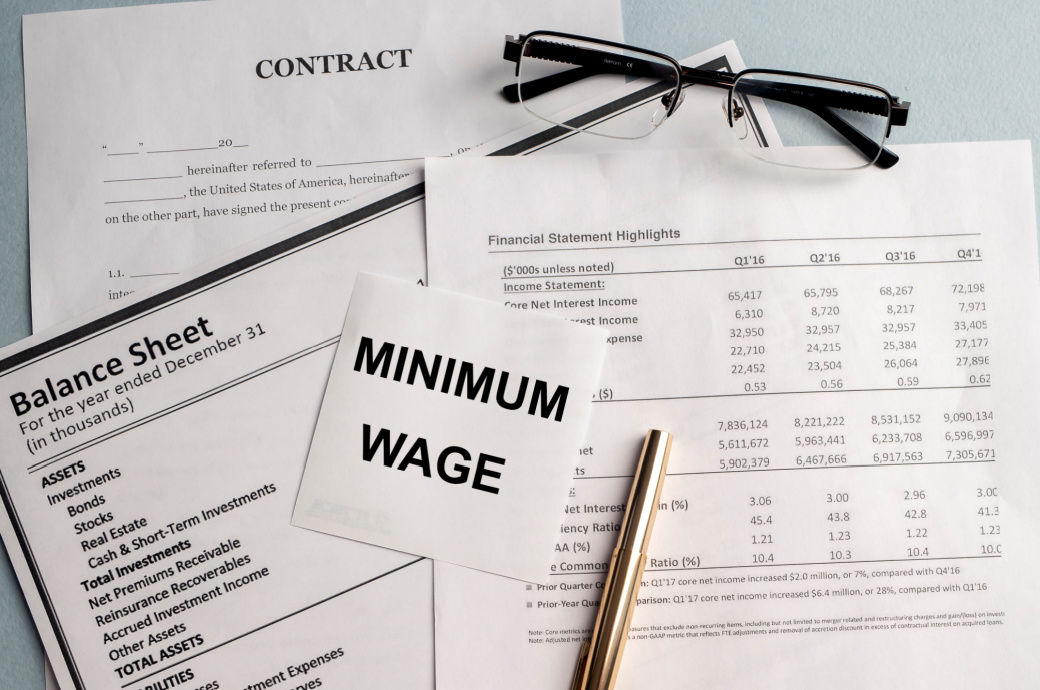
Working conditions and low pay contributed to a rise in labour movement activity and actions by many large corporations to raise their wage floor during the last two years, the left-leaning think tank observed.
The larger-than-typical increases for a dozen states come after inflation hit a 40-year high this summer, leaving families struggling to keep up with the rising costs.
“Even before the pandemic, there was no county in the United States where you could affordably live as a single adult at $15 an hour,” EPI research assistant Sebastian Martinez Hickey was quoted as saying by US media reports.
The pandemic also led to a structural upheaval in the nation’s labour market, creating an imbalance of worker supply and demand that still persists. Employers have found themselves short of workers for most of last year, which has pushed up average annual hourly wages in the battle to recruit and retain staff.
The federal minimum wage of $7.25 per hour has not budged since 2009, and 20 states have a minimum wage either equal to or below the federal level, making $7.25 their default baseline.
Fibre2Fashion News Desk (DS)